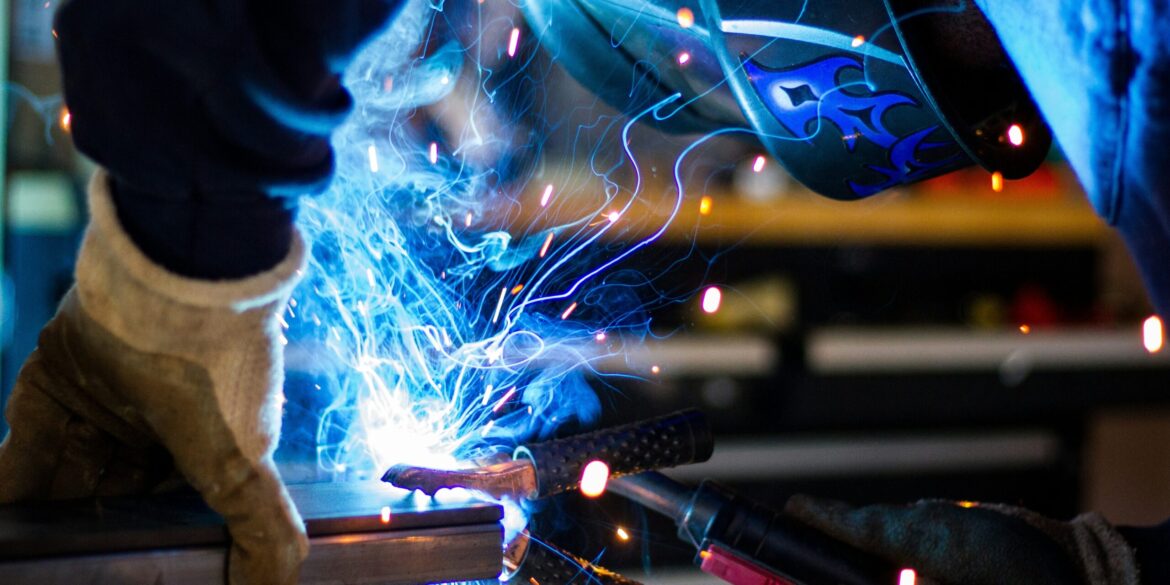On August 9, 2025, the U.S. technology sector showcased two defining developments that highlight its evolving priorities and competitive landscape: a significant escalation in domestic manufacturing commitments led by Apple, and an increasingly fierce battle among tech giants to secure the world’s most sought-after artificial intelligence talent. Together, these moves reflect a strategic repositioning of the industry, aimed at strengthening supply chain resilience and cementing leadership in the rapidly advancing AI frontier.
Apple’s announcement marks one of the largest manufacturing investments in its history, as the company expands its American Manufacturing Program to a total of $600 billion over the next four years. This represents an increase of $100 billion from its original plan, signaling a deliberate shift toward reshoring critical elements of its supply chain. The program will span a range of initiatives, from ramping up iPhone and Apple Watch cover glass production in Kentucky through a $2.5 billion expansion with Corning, to building out semiconductor and AI-related manufacturing capacity in partnership with companies such as Samsung, Texas Instruments, GlobalFoundries, Amkor, and Broadcom. These efforts are expected to directly create around 20,000 jobs in the U.S. and support hundreds of thousands more through supplier networks.
Read Also: https://todayus.com/tech-giants-lift-markets-with-strong-earnings-momentum/
Beyond consumer devices, Apple is investing heavily in domestic production for servers, advanced processors, and rare-earth magnets. A new facility in Fort Worth, Texas, will serve as a hub for manufacturing components vital to both existing products and emerging AI-powered technologies. Analysts note that these moves are partially in response to escalating tariffs and political pressure to bring more production onshore, as well as the strategic need to safeguard against global supply chain disruptions experienced during the pandemic.
While Apple fortifies its manufacturing footprint, competition in AI talent recruitment is intensifying to unprecedented levels. Microsoft recently drew headlines for hiring around two dozen engineers from Google’s DeepMind, including Amar Subramanya, the former head of engineering for the Gemini AI chatbot. Subramanya joins Microsoft as a corporate vice president of AI, a move that underscores the high stakes surrounding leadership in machine learning and generative AI. Many of these recruits have cited the appeal of working in an environment that offers more autonomy and agility, echoing the culture of smaller startups, while still backed by the resources of a global tech leader.
This talent battle between Microsoft and Google reflects a broader reality: the pool of engineers capable of pushing the boundaries of AI is limited, and those with experience in training large-scale language models and deploying advanced generative systems are in especially high demand. Poaching among top firms has become a common practice, with offers often including multimillion-dollar compensation packages, equity incentives, and promises of leading high-profile projects. The result is a highly mobile elite workforce, one that can significantly influence the direction and pace of AI innovation.
In parallel, the enterprise technology sector is seeing a wave of strategic partnerships that further consolidate capabilities in AI-driven services. Salesforce and ServiceNow recently made a combined $1.5 billion investment in Genesys, a leader in AI-powered customer experience platforms. Each company contributed an equal share, signaling their intent to deepen integration between Genesys’s CX Cloud and Unified Experience platform with their own enterprise solutions. By aligning rather than competing directly, these firms are positioning themselves to deliver more comprehensive, AI-first customer engagement and workflow systems—tools that are increasingly essential for large-scale organizations navigating digital transformation.
Taken together, these developments point to a technology industry that is simultaneously looking inward and outward: inward, by reinforcing domestic industrial capacity to reduce dependency on global supply chains; and outward, by engaging in aggressive talent acquisition and partnership strategies to secure a dominant position in the next wave of AI-driven innovation. The interplay of these priorities suggests that the winners in the coming decade will be those able to marry manufacturing strength with cutting-edge technological expertise.


